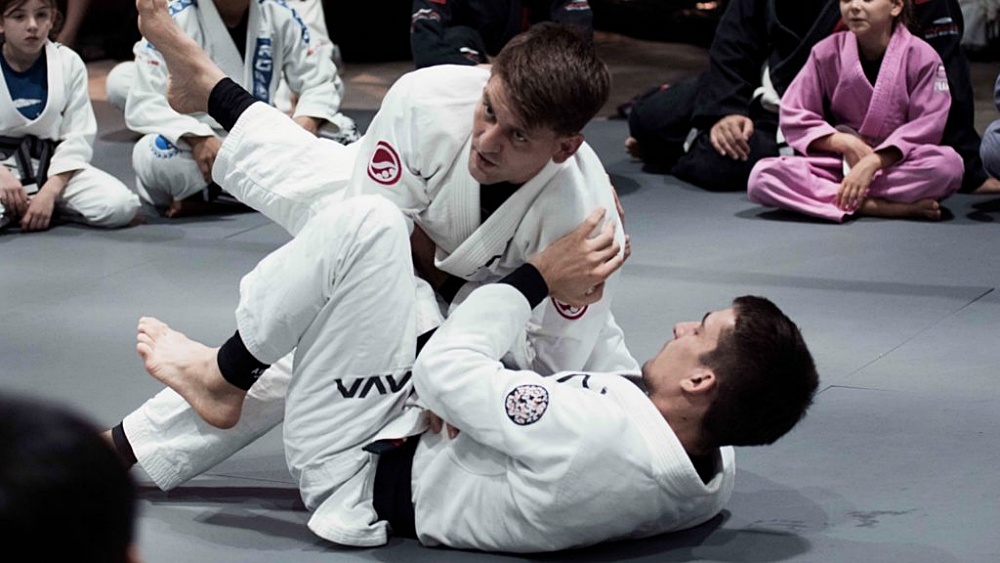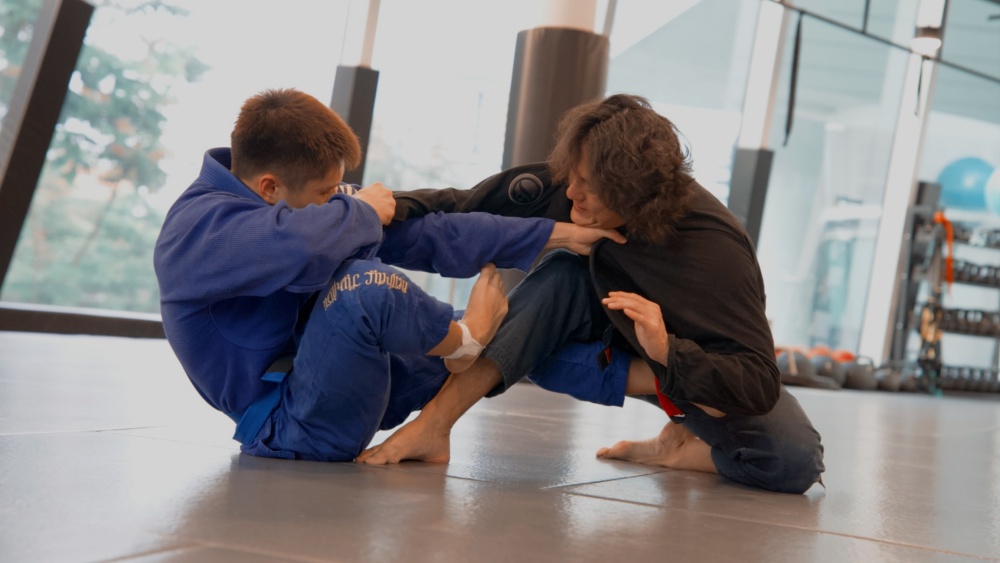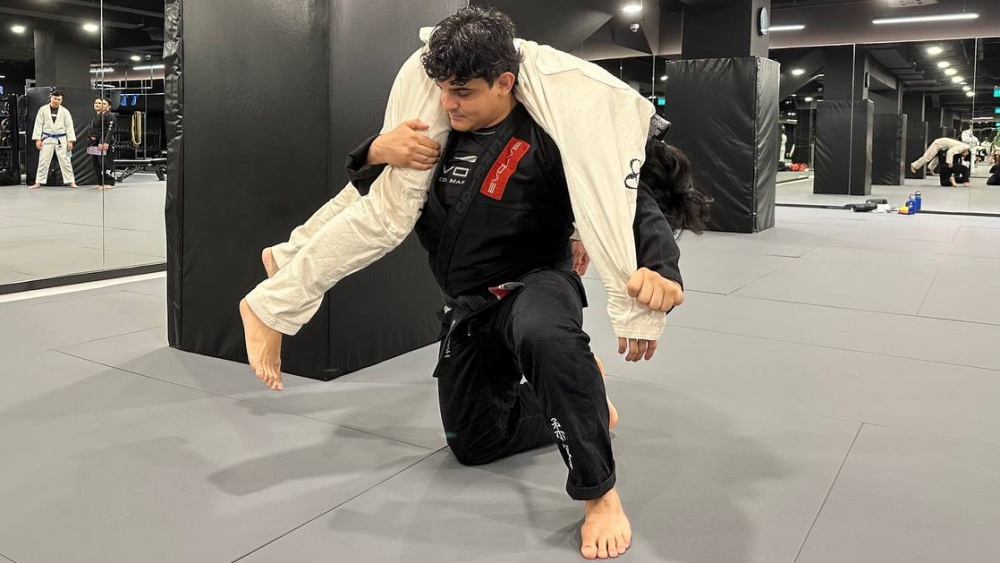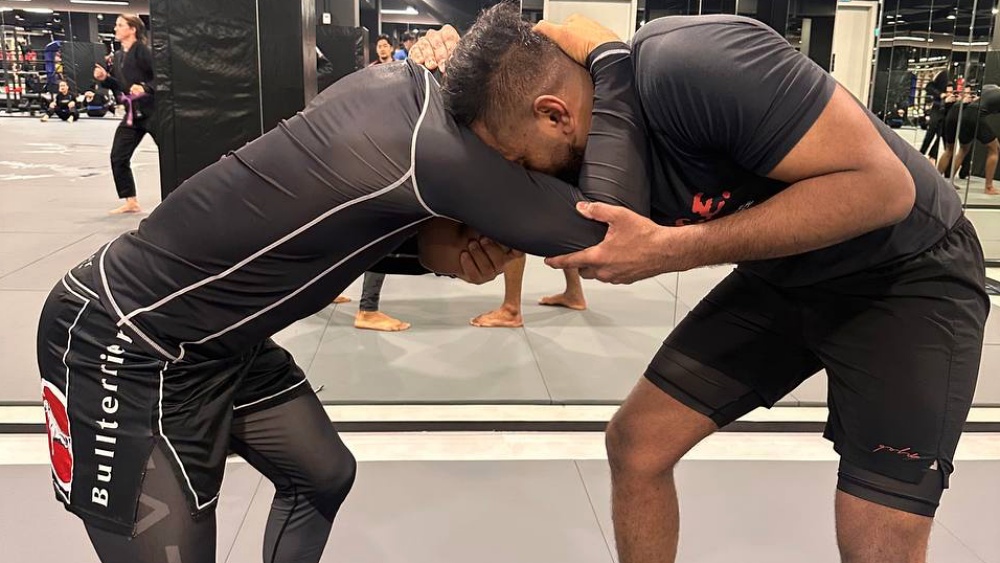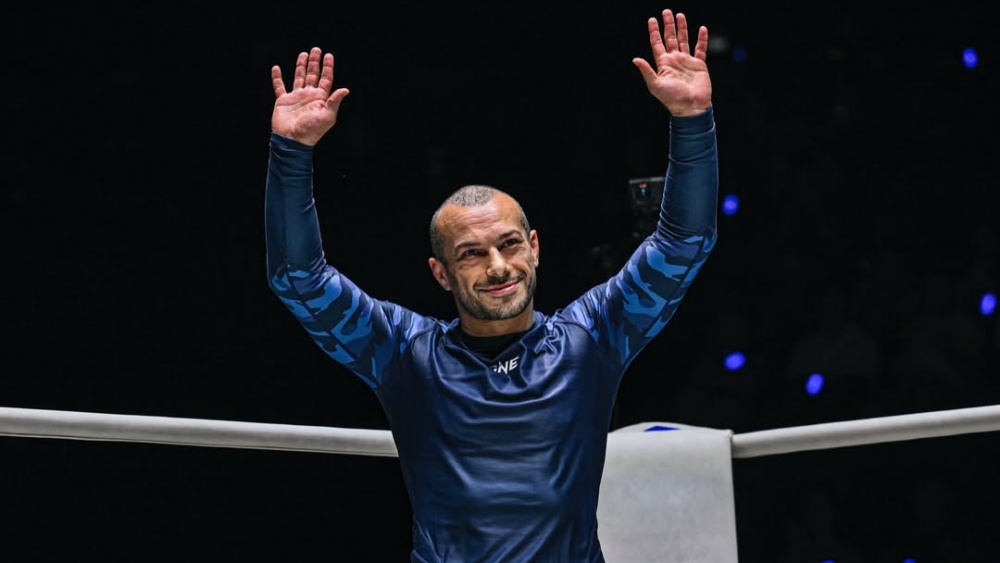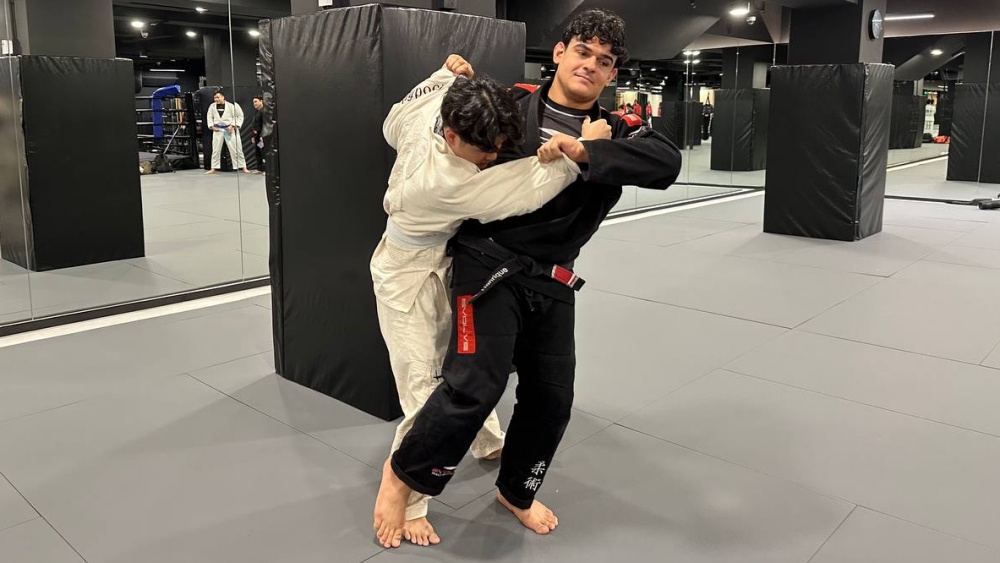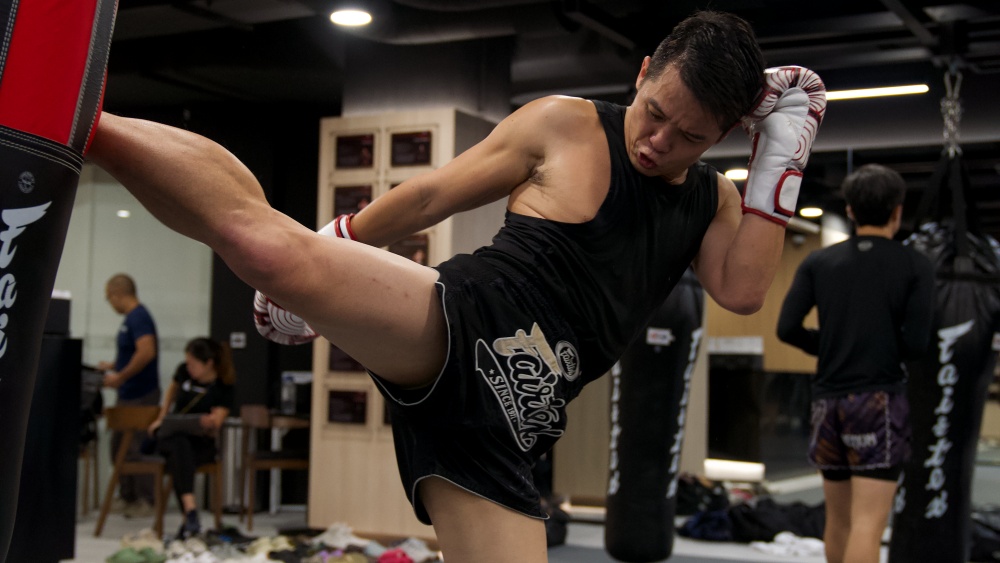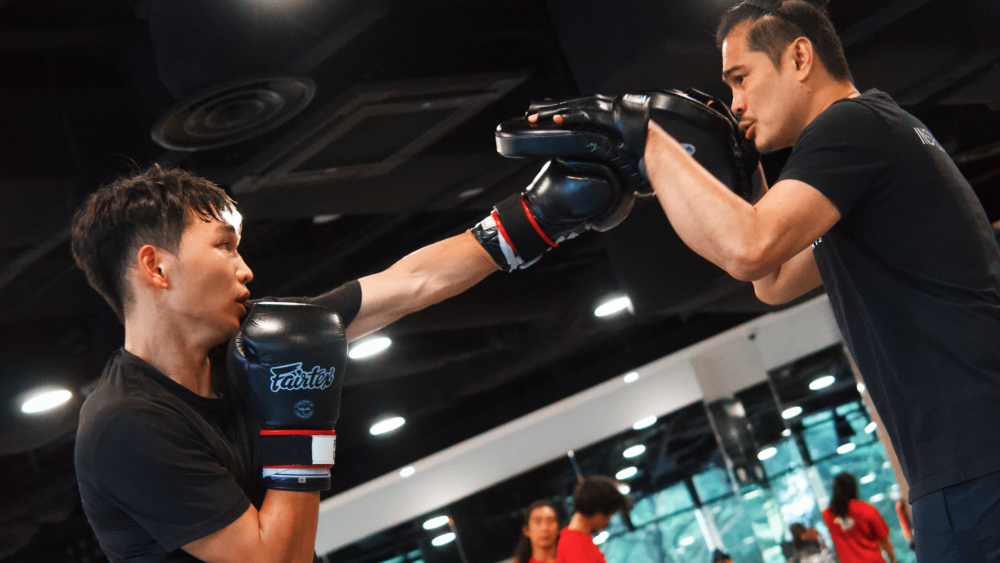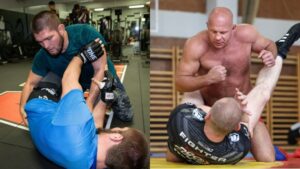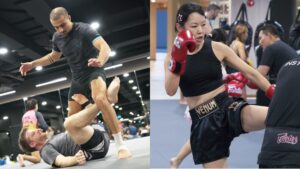Rafael and Guilherme Mendes, widely known as the Mendes brothers, are among the most prominent figures in modern BJJ. Guiding and inspiring new generations of athletes, their achievements are evident both on and off the mats. The Mendes brothers are highly skilled and technical grapplers, making them some of the most watched during their time. Today, we will talk about how to grapple like the Mendes brothers.
The Mendes brothers, Rafael and Guilherme, are among the best grappling competitors of the 2010s. Combined, the brothers have multiple IBJJF World, Pans, and European Championships under their belts, both in their colored belt years and as black belts, with Rafa winning the ADCC World Championship twice. After competing at the highest levels for years, both brothers decided to halt their competitive journeys while only in their mid-20s to focus on teaching and building up the youth (kids’ program) as future world champions under their team, known as Art of Jiu-Jitsu (AOJ).
The Mendes Blueprint
Rafa and Gui are popular for their amazing footwork, which is partnered with their speed passes, moving around and misdirecting their opponents. Some of their favorite techniques are the leg drag pass and different ways to attain the back, such as rolling back takes, arm drags, and crab rides from the De La Riva guard. Let’s discuss the blueprint for some of their favorite techniques below.
The brothers are famous for their leg drag pass. They do the leg drag by first controlling the opponent’s leg by grabbing below their pants or ankles. When passing, especially when the opponent is flexible, their top leg will always follow their direction to retain their guard. Rafa and Gui prefer to get their head on the outside of the leg, as when they do the typical leg drag, the opponent’s top leg will likely defend. They use their hand to control the opponent’s leg by grabbing their ankle and pinning it on the mat. The shin will then pin the opponent’s leg down by dropping it on the opponent’s hamstring. They will then follow by getting their head outside of the other leg and controlling it with their arm, while the other holds behind the opponent’s belt/pants. Having their head outside the opponent’s leg puts them closer to the opponent’s hip, so when they decide to posture up, they can lift the opponent using the belt grip to finish the leg drag.
The Mendes brothers have a well-rounded game, making them excellent both with passing and playing the guard. One way they play the guard is when they utilize the De La Riva guard, with the goal of taking the opponent’s back. There are ways to take the opponent’s back from the DLR, and the brothers typically use it with the crab ride. The crab ride is when you apply hooks behind the opponent’s knee/hamstring, putting them underneath you and lifting them using your shin as you kick forward to take their back. Doing the DLR back take variation via crab ride against an opponent with one knee down puts you in a position where the opponent can’t attack you. While the opponent knows that it can be problematic for them to be in that position, having them trapped makes it difficult for them to move and escape.
World-Class Guard Game
The brothers are also known for their smooth guard game, enabling them to sweep their opponents and land on top, and from there, somehow create a way to get behind the opponents. While they mainly use the De La Riva guard to get behind the opponent, adding some lapel control will make the sweep attempts much more efficient. A good indicator of a back attack specialist is always creating a path and setting up the opponent to it, like using the shin across the opponent’s hip and utilizing the berimbolo, which the brothers are masters of. Normally, such backtakes can be done when in the top position trying to pass the open guard or half guard.
Nimble on their feet, watching the Mendes brothers roll is a Jiu-Jitsu master class. Watching them flawlessly move around different passes, such as the leg drag, Toreando, stack pass, long step, and knee cut, is a thing of beauty. While it may look challenging, the brothers stick to the key principles of guard passing in Jiu-Jitsu, which is to control the opponent’s legs and establish your dominant grip on them instead of the other way around. When passing, the brothers ideally want the opponent to be on their side as it is easier to enter the half-guard pass, knee cut, enter the leg drag, or do a cross-step or long step.
This shows why the brothers move side to side when passing the guard, opening the opportunity to set up a trap like the shin trap. With the shin trap, you’re driving your knee against the opponent’s shin to maintain the position while your other leg bases widely on the mat for balance. Using the shin trap, when the opponent pushes hard with their shin, you can bring your knee back and drag their leg that’s pushing so you can directly land on the knee on the belly.
Likewise, a typical reaction of the opponent against the shin trap is facing you while framing to close the space. What you can do is stretch them out by pulling their knee while backstepping with your free leg, as the opponent ideally wants to curl their body to keep the space tight between their knee and chest. From there, you can step your free leg in and post your hand to the far side as you do a back step. This is also known as the back step pass.
Conclusion
As some may say, the difference between a white belt and a black belt is the difference between the Mendes brothers and a typical black belt. The Mendes brothers are an example of the art of Jiu-Jitsu personified. To tailor your game like them means having to do countless drills and repetitions as part of your warm-up or post-training to build muscle memory and swiftness on the mats.
You may also like:
